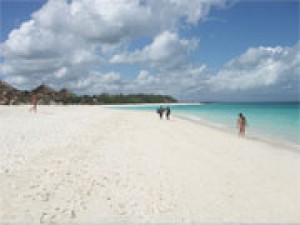Slavery in Zanzibar
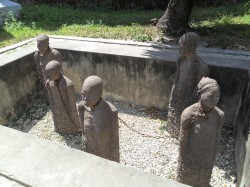 Zanzibar was one of the largest slave ports in the vast Indian Ocean slave trade, which was dominated by Arab slave traders. The Arab slave trade originated before Islam and lasted more than a millennium. The slavers hacked their way from Bagamoyo on the Tanzania mainland coast into the African interior, as far west as the Congo. The slavers traded, bribed chiefs, pillaged and frequently kidnapped to meet the high demand for slaves. The newly acquired slaves were often forced to carry ivory and other goods back to Bagamoyo. The name Bagamoyo is derived from the Kiswahili words "bwaga moyo" which mean 'lay down your heart', because it was here that slaves would abandon any remaining hope of freedom or escape. Slaves who survived the long and perilous hike from the interior were then crammed into wooden boats called dhows bound for the slave markets in Stone Town, Zanzibar.
Zanzibar was one of the largest slave ports in the vast Indian Ocean slave trade, which was dominated by Arab slave traders. The Arab slave trade originated before Islam and lasted more than a millennium. The slavers hacked their way from Bagamoyo on the Tanzania mainland coast into the African interior, as far west as the Congo. The slavers traded, bribed chiefs, pillaged and frequently kidnapped to meet the high demand for slaves. The newly acquired slaves were often forced to carry ivory and other goods back to Bagamoyo. The name Bagamoyo is derived from the Kiswahili words "bwaga moyo" which mean 'lay down your heart', because it was here that slaves would abandon any remaining hope of freedom or escape. Slaves who survived the long and perilous hike from the interior were then crammed into wooden boats called dhows bound for the slave markets in Stone Town, Zanzibar.
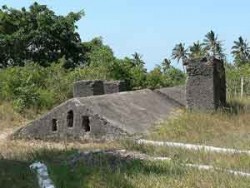 It is important to understand that in the context of the Arab Slave Trade, the term Arab represents a culture as opposed to a specific race. Many of the "Arab" slave traders such as Tippu Tip and others were indistinguishable from the "Africans" whom they enslaved and sold. All of the main racial groups in Zanzibar were involved in the slave trade in some way or other. Europeans used slaves in their plantations in the Indian Ocean islands, Arabs were the main traders, and African rulers sold prisoners taken in battle.
It is important to understand that in the context of the Arab Slave Trade, the term Arab represents a culture as opposed to a specific race. Many of the "Arab" slave traders such as Tippu Tip and others were indistinguishable from the "Africans" whom they enslaved and sold. All of the main racial groups in Zanzibar were involved in the slave trade in some way or other. Europeans used slaves in their plantations in the Indian Ocean islands, Arabs were the main traders, and African rulers sold prisoners taken in battle.
Although best known today as an island paradise, there are many prominent reminders of Zanzibar's dark history in the slave trade around Stone Town and across the island. The market where slaves were confined in dark, airless, underground chambers before being sold still contains the chains bolted to the concrete. A moving memorial now stands where the market once was, reminding visitors and locals alike, of the atrocities committed on that very spot centuries before. Nearby, the Anglican Church contains a wooden cross carved from the tree under which the famous explorer and abolitionist David Livingstone's heart was buried in Zambia. Along the island's coast, several old limestone holding cells where slaves were hidden from crusading British abolitionists still exist. Once slavery was banned, the use of the chambers increased. Some still contain etchings and final messages left by slaves awaiting their sale and transport to a foreign land.
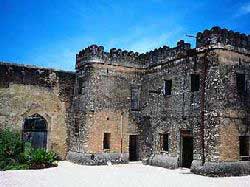 In 1822, the Omani Arabs signed the Moresby Treaty which made the sale of slaves to Christian's illegal and provided other restrictions. Unfortunately, these restrictions were essentially ignored, and the trade continued to thrive. Then, in 1873 under the threat of bombardment by the British navy, Sultan Barghash was forced to sign an edict making the sea-borne slave trade illegal, and the slave market in Zanzibar was finally closed. Although, slaving was now officially illegal, it continued on the mainland of Tanzania until the defeat of the Germans in the First World War and Britain took over as the colonial power.
In 1822, the Omani Arabs signed the Moresby Treaty which made the sale of slaves to Christian's illegal and provided other restrictions. Unfortunately, these restrictions were essentially ignored, and the trade continued to thrive. Then, in 1873 under the threat of bombardment by the British navy, Sultan Barghash was forced to sign an edict making the sea-borne slave trade illegal, and the slave market in Zanzibar was finally closed. Although, slaving was now officially illegal, it continued on the mainland of Tanzania until the defeat of the Germans in the First World War and Britain took over as the colonial power.
Below are the tours that contain visit(s) to places with historical relevance to the once thriving slave trade on Zanzibar.
4 Days and 3 Night package with City Tour Zanzibar
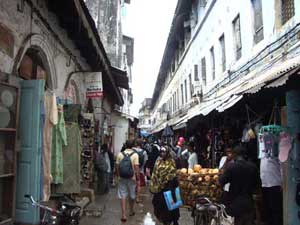
Spend 4 days and 3 nights in Stone Town and you'll experience a rich culture, interesting history and its warm Read More...
7 Days Holiday in Zanzibar
Spend 7 days in Zanzibar and learn it's culture and enjoy it's beautiful white sandy beaches. Come have an Read More...
6 Days, 5 Nights at Nungwi Beach
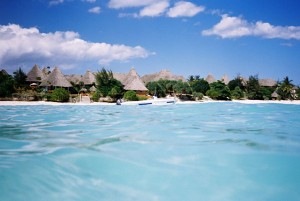
Enjoy a holiday in Zanzbar, it's pure heritage and this white sandy beach, Read More...
Zanzibar- one night in Stone Town and Tour
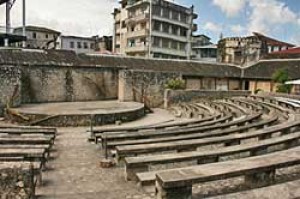
The Guide will send you to Stone Town Tour where you will see historical culture and architectural of Read More...
Prison Island Tour in Zanzibar
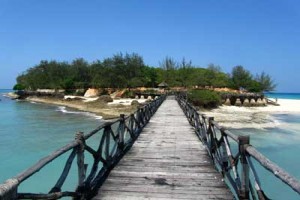
Changuu Island, commonly referred to as Prison Island, is just a 20 – 30 minute boat ride from Stone Town, Read More...
Zanzibar Stone Town Tour
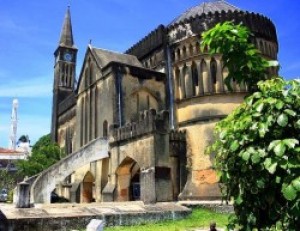
Stone Town is Home to famous Zanzibar Destinations. You can visit the Read More...


